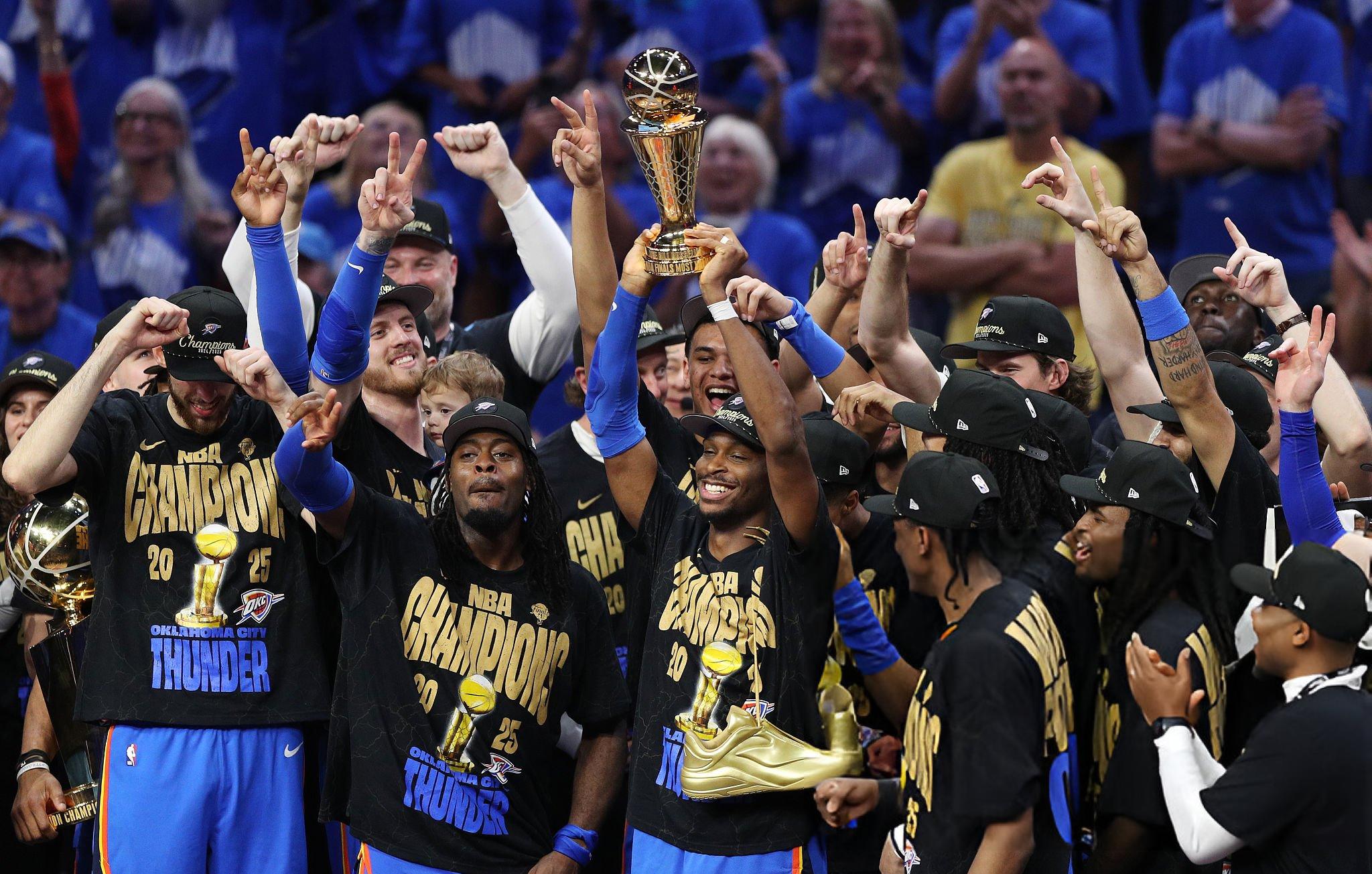
1. When Lightning Strikes Twice: The Roots of the Comparison
Any attempt to peer beyond the horizon of an NBA season is like playing “Name That Tune” with your ears covered: an injury to a star can shatter even the most crystal-clear forecasts in an instant. Yet the parallels between today’s youthful Oklahoma City squad and the 2014/15 version of the Warriors shine as brightly as neon on Broadway. Both teams stormed into the public consciousness seemingly “without warning,” dismantling the league’s established hierarchy.
The resemblance starts with roster construction: general managers Bob Myers and Sam Presti, like two different conductors of the same orchestra, turned down “star-for-immediate-impact” trades and invested in a draft foundation. The Warriors cultivated Curry, Thompson, and Green; the Thunder have nurtured Shai Gilgeous-Alexander, Jalen Williams, Chet Holmgren, and company. Add in “surgical” trades that were initially met with skepticism—Golden State moving Monta Ellis for Andrew Bogut, Oklahoma City sending Josh Giddey out for Alex Caruso—and you get a recipe that has already worked once.
Critics then and now raised the same points: “too young,” “no big-game experience,” “one-season wonder.” In 2015 the skepticism faded only after the Warriors posted 73 regular-season wins. The Thunder have yet to stamp their mark that boldly, but their playoff run is eerily following Curry and Co.’s roadmap: a quick first-round sweep, a test of character against Denver in the conference semis, and a confident 4-1 over regular-season top seed Minnesota.
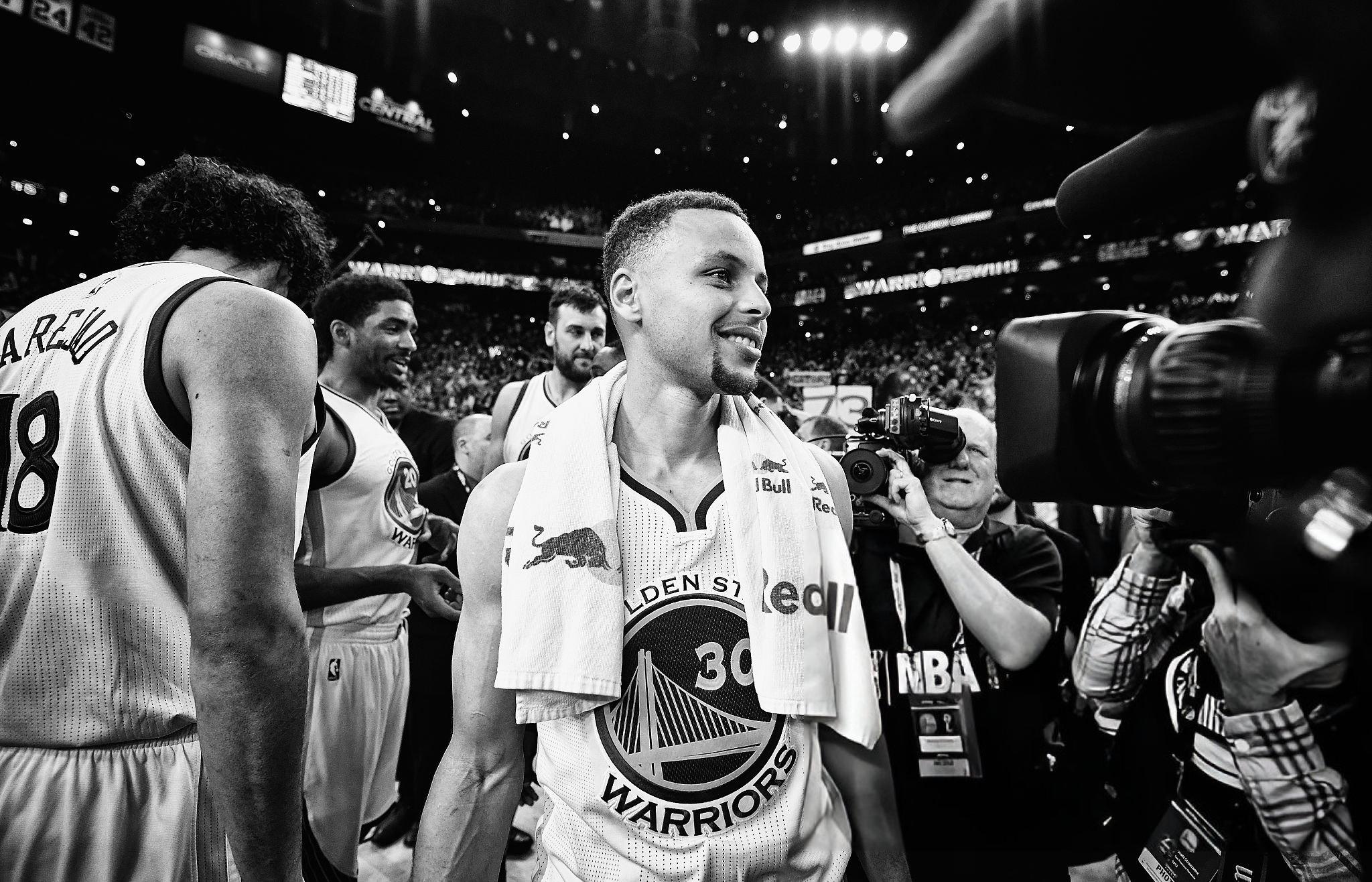
2. MVP Twins: Shai and Steph as Two Poles of the Same Coordinate System
By the numbers, Gilgeous-Alexander and Curry in their first championship years look almost cloned: PER north of 30, True Shooting around 64 percent, double-digit on-court plus/minus. The key difference is how they score. The Canadian is a classic slasher: pump fakes, first step, contact, free throws (nearly nine attempts a game). By 2015 Curry was still the “default sniper,” seldom reaching the line but torching defenses from 26 feet.
Yet both are combo guards with a “score-first, pass-second” mindset, able to orchestrate an offense and finish it. Each forced skeptics to redraw the boundaries of the possible: Curry with range, Shai with poise in traffic and and-one finishes seemingly through defenders’ torsos.
This season has brought Shai to the brink of a unique MVP “triple:” regular season, Magic Johnson Western Conference Finals MVP, and potentially the Finals. Since Steph took home both trophies in 2015, no guard has matched the feat. If the Thunder finish the job, the Canadian will enter the rarefied air of players who confirm their “kingdom” not only over six months of grind but also in the toughest two weeks of the year.
3. Defense Built on Different Blueprints but With the Same Impact
The tactical DNA of both clubs is coded at the defensive end: the 2015 Warriors led the league in Defensive Rating (100.4), 5.4 points better than average. The 2025 Thunder did the same but by an even wider 7.4-point margin.
The method, however, differs. Golden State relied on aggressive 1–4 switches, Draymond Green’s wild versatility, and Curry’s “star-unacceptable” self-sacrifice (he led the league in total steals). Pace—league-best 98.3 possessions—turned every stop into transition before opponents could set up.
The Thunder field a tentacled perimeter. The telescopic arms of Shai, Jalen Williams, rookie terrier Cason Wallace, and hustle monster Caruso force playmakers to decide half a second early. Seventeen steals a night make opposing coaches cherish every possession that actually ends in a shot. On the back line Holmgren patrols: slender in appearance, but with pure rim-protector instincts and vertical pop to offset his weight.
In both cases the key is depth and interchangeability. Sixth-through-eighth men step in without collapsing the scheme. Dort in Oklahoma is that “Iggy-lite” whose value only nightly playoff viewers appreciate: the jumper is streaky, but he takes the opponent’s first option to the chest and wins most battles.
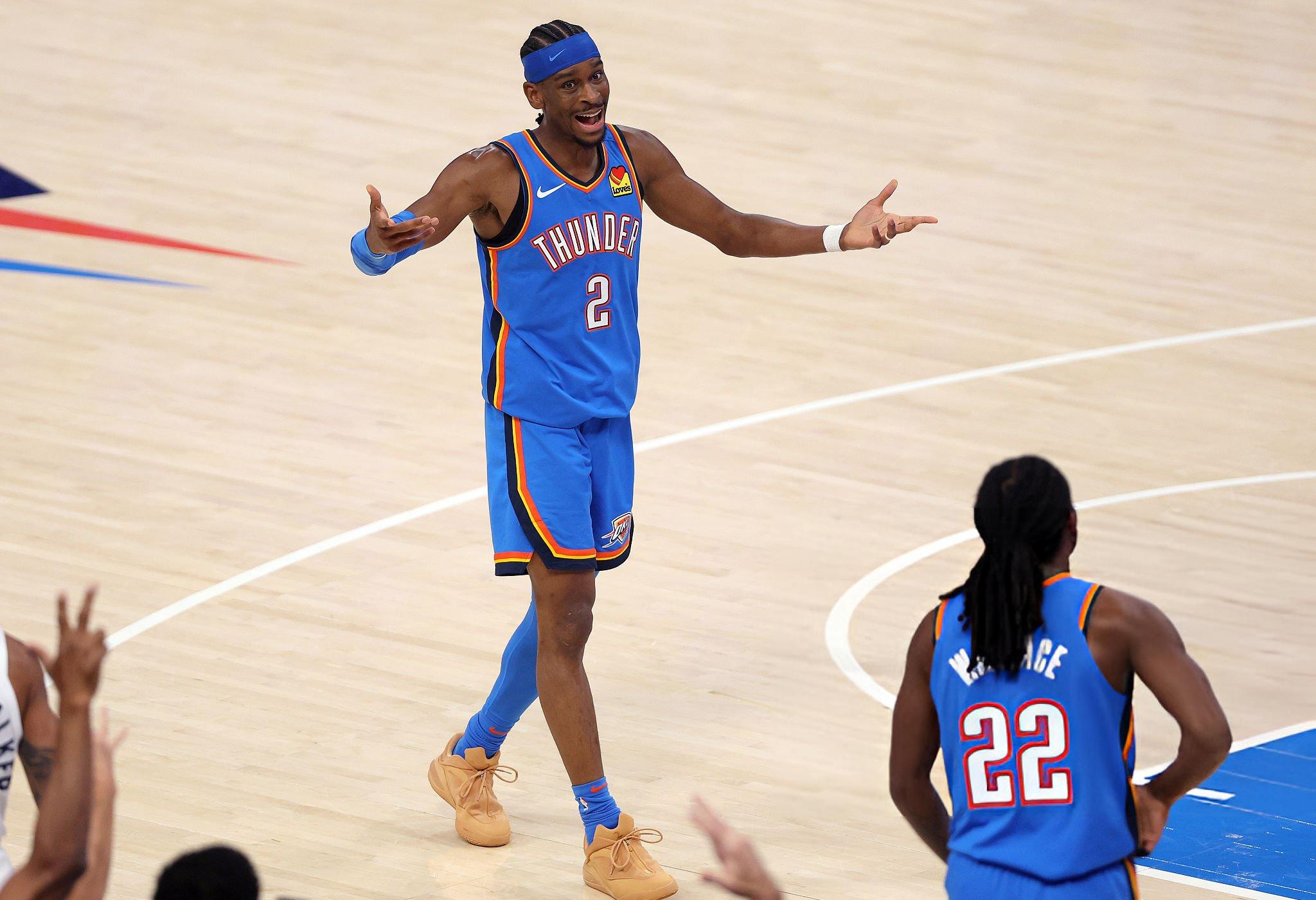
4. Playoff Déjà Vu: A Map That Has Already Been Traveled
Postseasons for both versions mirror each other uncannily. An opening-round 4-0 sweep: the Warriors wiped their feet on then-New Orleans, the Thunder did likewise to an injury-riddled Memphis. Next came a 4-2/4-3 heavyweight drama in which a rival’s individual genius (Conley-Gasol Grizzlies versus Curry; Jokic-led Nuggets versus the Canadian engine) made believers waver yet failed to break the fairy tale. The conference finals brought a 4-1 statement over an opponent many dubbed “team of the future:” Harden’s Rockets then, Edwards’s Wolves now.
The “easy bracket” argument rang out ten years ago and is repeated today: “You don’t prove greatness through Indiana.” History shows, though, that Euclidean paths to a title exist only in fans’ imaginations. Every championship is a mosaic of injuries, form, matchups, and lucky bounces. In 2015 LeBron’s Cavs lost Love and Irving at once; in 2025 Boston suddenly lost Tatum. True contenders don’t apologize for circumstances: they seize the moment—or become trivia.
5. Skepticism as the Soundtrack of Success: Why the Thunder Are Still Underrated
Fans love a “suffering before triumph” narrative: a decade of failure, broken dreams, veteran heroes. Oklahoma doesn’t fit that mold. The core formed quickly; they are the league’s youngest team (average age 24.7) and their suffering fits into two intentional rebuild seasons. Reactions are thus mixed: “too easy,” “grown-up G-Leaguers,” “small market, who cares.”
The club, however, seems to feed on disbelief. Shai’s heavy step-backs and gestures to the cameras evoke the response Curry’s logo threes did: some see provocation, others an ode to player freedom. Undrafted yet named to the All-Defensive First Team, Lu Dort personally proves the team’s calling card is to break templates.
With the breakthrough came new optics. Some view the Thunder as the “new Spurs”—small market, front-office intellect, system basketball without a metropolis. Others predict that when max contracts for Shai and Holmgren hit and young role players seek paydays, a repeat of the Durant-era teardown looms. The ellipse of doubt closes on one question: how many titles can be won before the salary cap’s ceiling cracks the windshield?
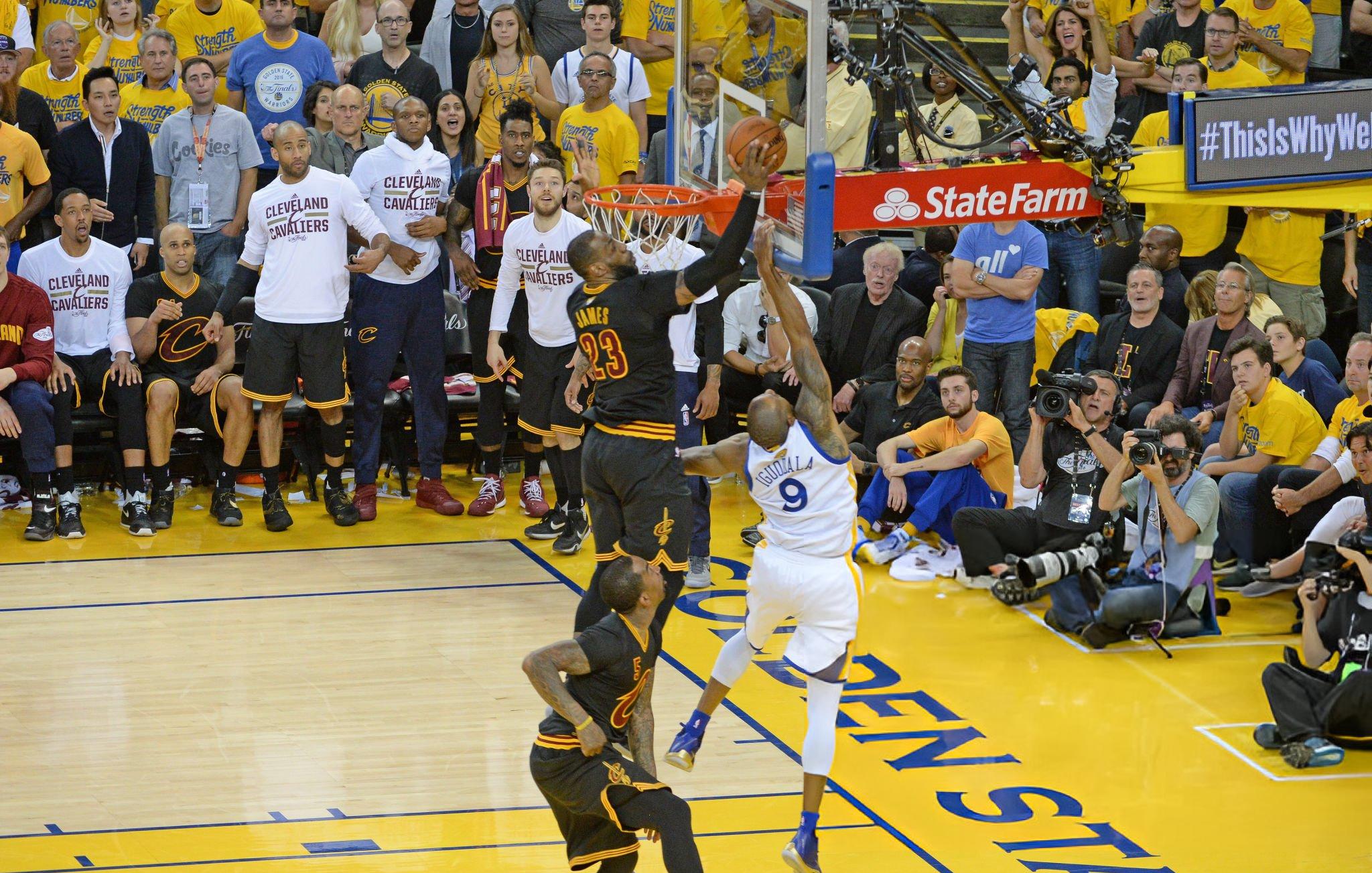
6. Age, Money, and Opportunity: The Difference Context Makes in Ten Years
After their first championship the Warriors had three key players under 26, and owner Joe Lacob was willing to pay. Between 2017 and 2019 the club spent $86 million in luxury tax—justified by three titles and the 73-9 juggernaut history will never forget.
The new CBA makes repeating that trick tough: a double apron, hard brakes on trades and exceptions. Yet Presti holds a card Myers never did: an ocean of draft picks through decade’s end. That’s not merely “currency;” it’s the ability to reshape the roster on the fly—plug holes with rookie-scale deals or flip a bundle of assets for a ready star when the next Jrue Holiday hits the market.
Another edge is internal development. Since the 2009–12 drafts the Warriors rarely hit the bull’s-eye; Looney is the lone pick to play a real role. The Thunder, by contrast, keep finding rotation pieces late in the first round and even among undrafted (see Dort). In an era when depth can decide series as much as superstar talent, that can offset any cap constraints.
7. After the Thunder: Possible Scenarios for the Thunder Era
History suggests three forks in the road:
- The “Warriors Path.” The club keeps the entire core, the owner treats tax as investment, and the team parades 3–4 titles in six years. Probability hinges on payroll appetite and Holmgren’s health.
- The “Spurs Variant” adjusted for the age. Oklahoma retains the Shai–Chet duo, refreshing the perimeter each offseason through the draft or pinpoint trades. Titles come in waves: 2025, 2028, 2031… a “cold-fire” dynasty where front-office craft, not checkbooks, is the headline.
- The Slippery “OKC-2012 Path.” The 2025 Finals become the peak; cap penalties tighten, Caruso’s role loses value on a max, several youngsters get offers the club won’t match. Shai stands as the lone pillar and the Thunder hover around 45 wins and second-round exits until another rebuild.
Which outcome proves likeliest will emerge over the next couple of years. What’s clear already is that the blend of youth, defensive identity, and depth has given the Thunder a platform to aim for the textbooks—not the “one-spring wonder” column.
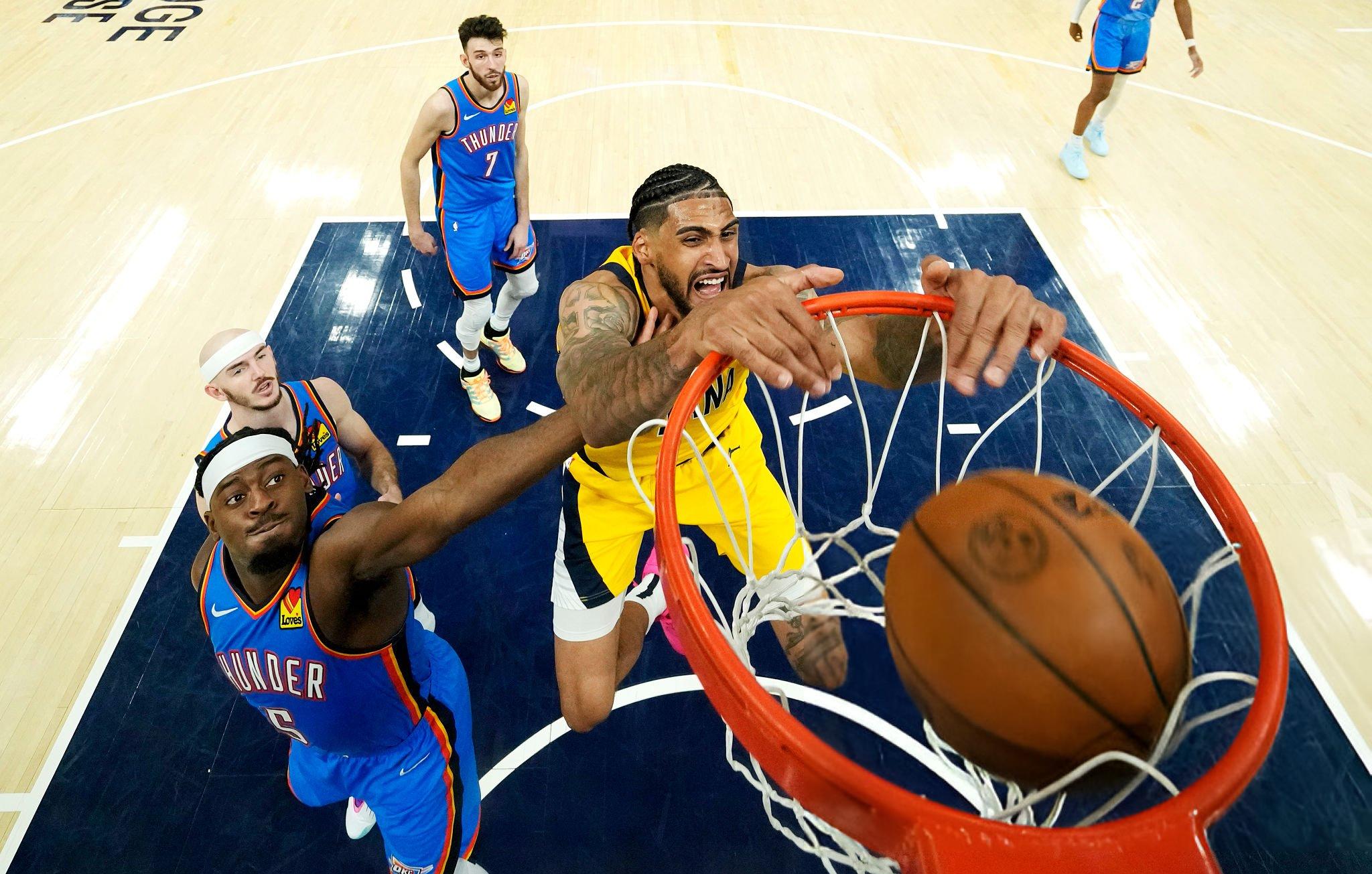
Echo of the Arena
For now it pays to leave the accounting to the bookkeepers and simply enjoy the view. We are witnessing a rare moment as the league changes its scenery: basketball is faster, defenses are longer, and the notion of “market size” has lost its old toxicity.
Ten years ago many refused to believe a lightweight “shooting” team could dominate an era. In the end Golden State gave the league a new geometry. Should Oklahoma engrave its name on the Larry O’Brien Trophy now, we may one day recall May–June 2025 as the bifurcation point of another basketball order—one where thunder rumbles more often than the statistical norm and lightning strikes the same place at least twice.





